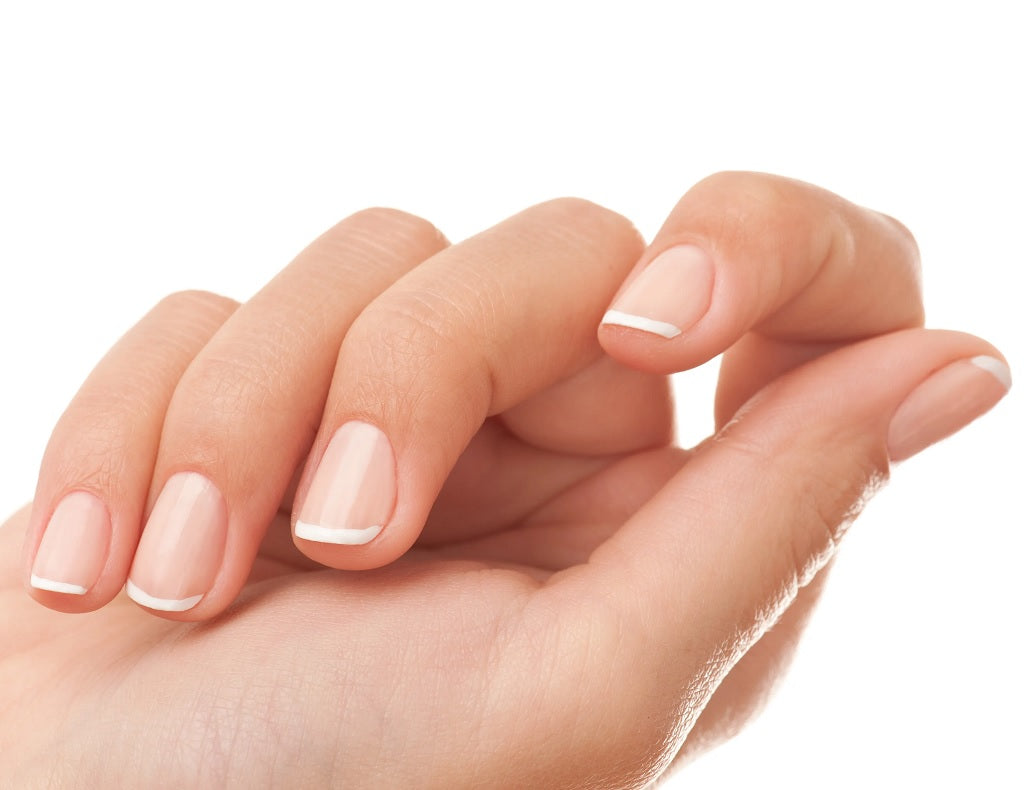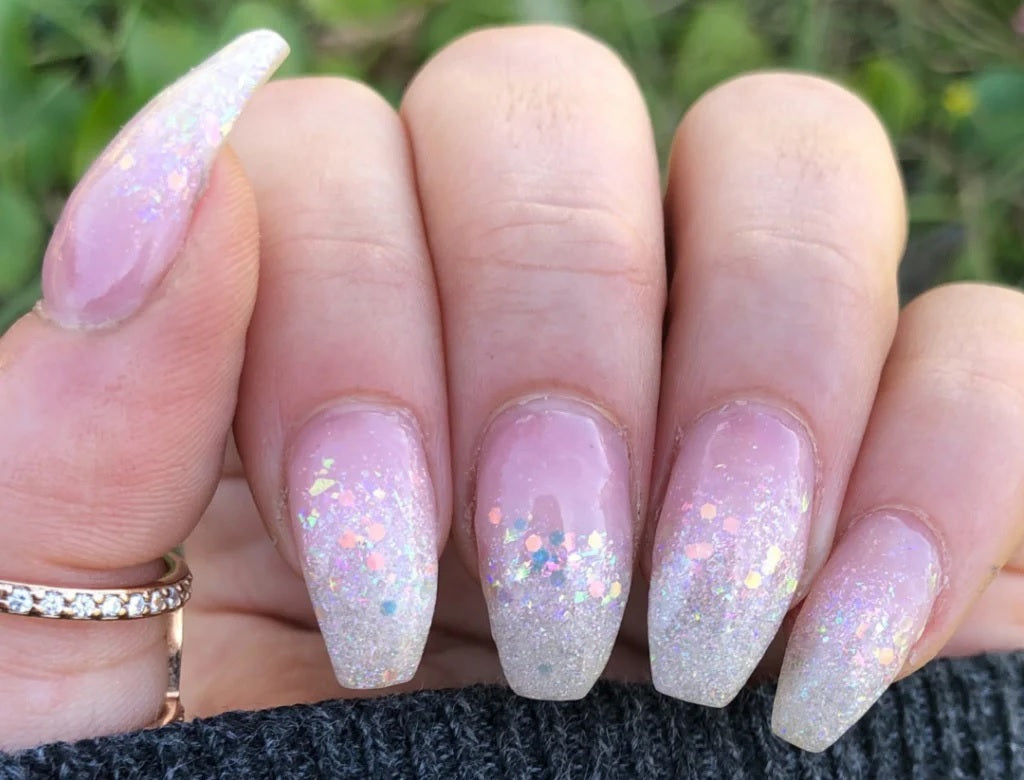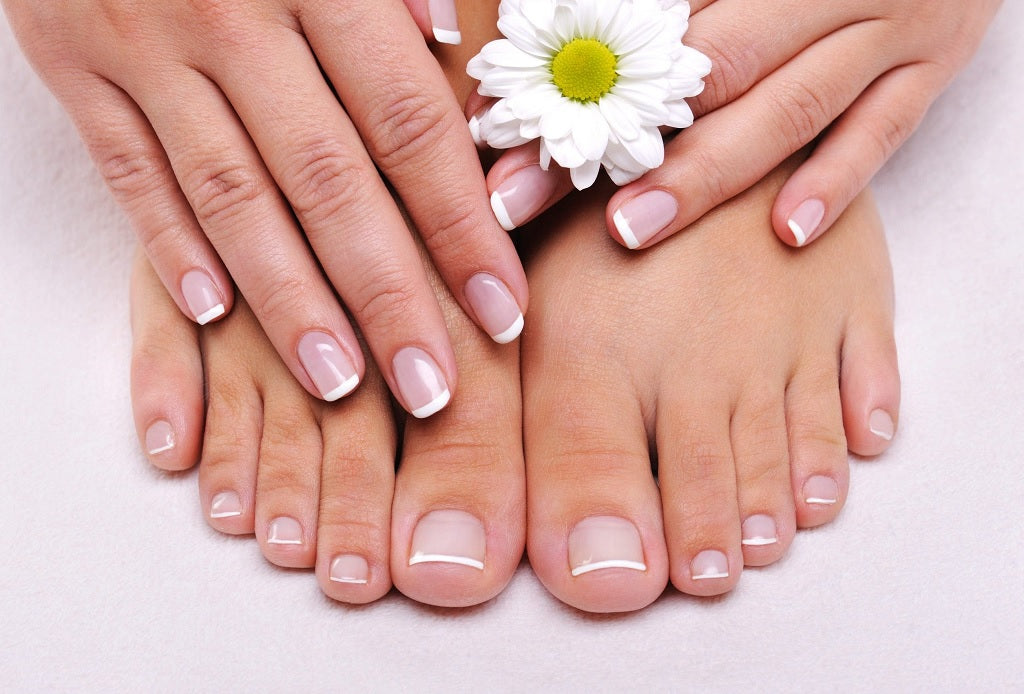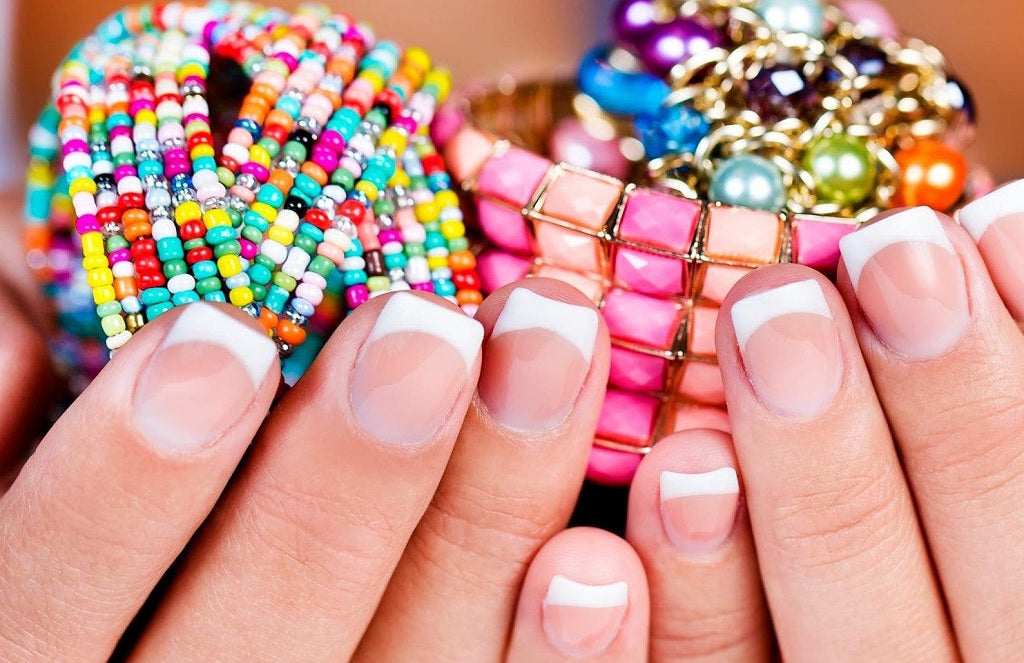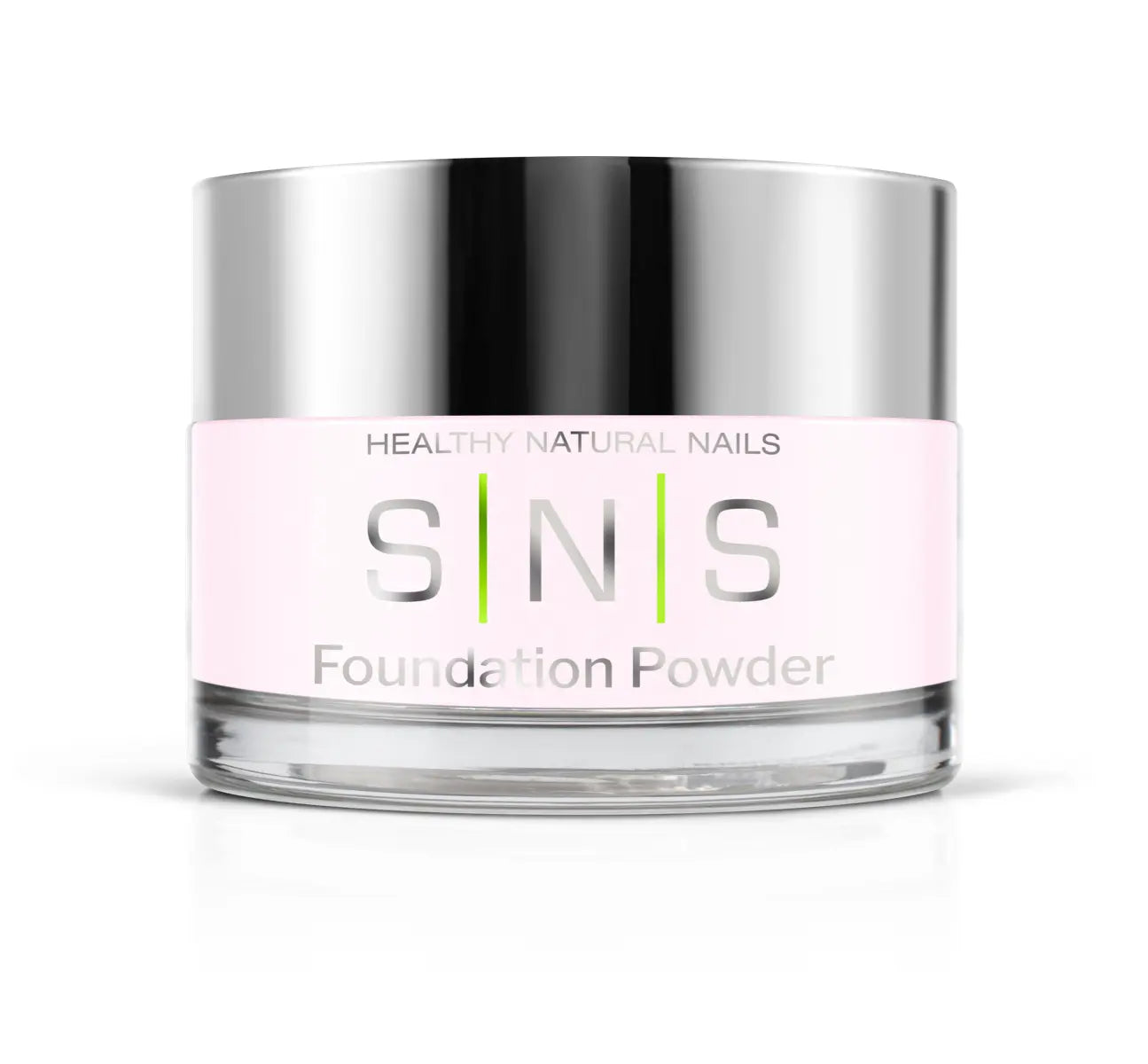Fingernail ridges manifest as colorless, raised, thin lines running vertically along the nail bed from the cuticle to the tip of the nail. The good news is that vertical ridges in your nails are typically only a cosmetic issue and are a natural part of the aging process. However, the horizontal ridges are the ones to look out for as they can be a cause for concern.
You can think of these vertical ridges as wrinkles in the nail, occurring on both fingernails and toenails. Factors such as aging, genetic predisposition, compromised circulation, and excessive exposure to chemicals and water contribute to the appearance of these ridges. Generally, these peculiar little lines are very common and not typically cause for alarm. However, sudden onset of ridges or abnormal discoloration unrelated to bruising should be monitored, as they could be indicative of underlying health issues. In such cases, consulting with a healthcare professional is advisable. For most instances of nail ridges, there are effective home remedies and preventive measures that you can try to prevent and get rid of these ridges.
Keep Your Nails Hydrated
As we age, oil production in our bodies slows down which can result in drier hair, skin, and nails. When it comes to your nails, this can result in weak, brittle, and thin nails as well as ridges. The good news though is that this is easily treatable. If a lack of hydration is what’s causing the ridges, hydration is your first line of defense. A nail and cuticle oil like SNS Senshine vitamin oil will help keep those nail beds healthy and hydrated.
Eat a Well Balanced Diet
Vitamin deficiencies often show up on your nails in changes of texture, strength, and appearance. A common cause of nail ridges could be a vitamin deficiency such as folate and other B vitamins. For more folate, eat foods such as green, leafy vegetables, citrus fruits, beans, lentils, avocado, nuts, and seeds. If you need to boost your B-12 intake, animal products such as meat, poultry, fish, dairy, and eggs are also important. By incorporating the right vitamins and nutrients into your diet, as well as taking care of your nails from the outside, you can ensure your nails are strong, healthy, and ridge-free. For optimal nail health and more tips on the best foods to eat, check out our guide on the best foods and vitamins for long, strong, and healthy nails.
Buff it Out
Gently buffing your nails is a quick fix to remove the appearance of ridges, however, it's advised to do so sparingly and with caution. Aggressive buffing can lead to thinning and weakening of the nails. A high-quality nail buffer is also a great way to provide smoothness and shine for those who like a natural look.
Use Nutrient-Rich Products
While diet is super important when it comes to nail health, what you choose to put on your nails topically is equally important. Not all nail products are created equal. Many nail products on the market today contain harmful ingredients that can damage your nails in the long term. SNS bases and sealers are formulated with nutrient-rich ingredients known to nourish the nail bed and promote healthy growth, making your nails healthier with each and every application.
Avoid Picking at Your Nails
Picking at or biting your nails can cause damage to your nail beds making your nails brittle and can even lead to trauma-induced ridges. This is especially important when it comes to gel manicures. Picking at chipped gel polish can actually peel a layer off your nail. It’s important to remove gel polish correctly to prevent damage to your natural nails. While it's best to leave gel removal up to a professional, it can be done safely at home with the right technique. Follow our guide to learn the best way to remove dip powder at home correctly.
Wear Gloves During Chores
Prolonged exposure to water and harsh chemicals, often present in cleaning supplies or certain hand soaps and sanitizers, not only dry out your skin and cause dermatitis but they can have negative effects on your nails, potentially making existing ridges worse.
To reduce the risk of developing ridges due to harsh cleaning products and excessive exposure to water, the best advice is to wear gloves. This precaution helps prevent excessive water absorption and drainage into the nails. The absorption of water can compromise the bonds between nail cells, leading to issues such as peeling, ridges, and breakage.


